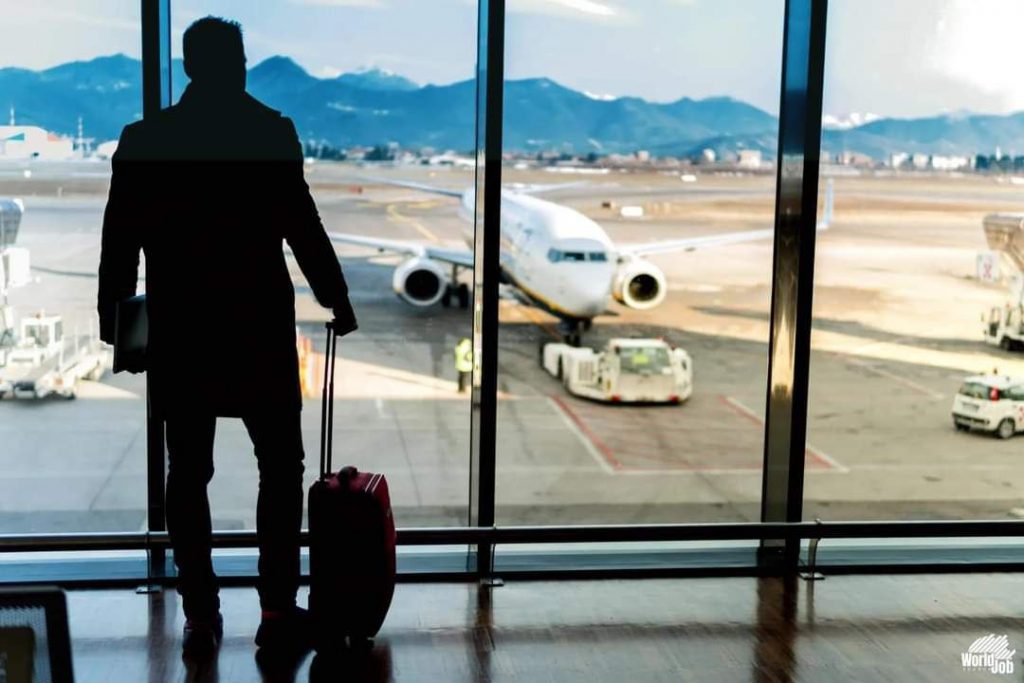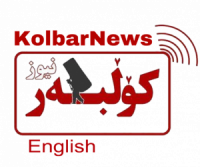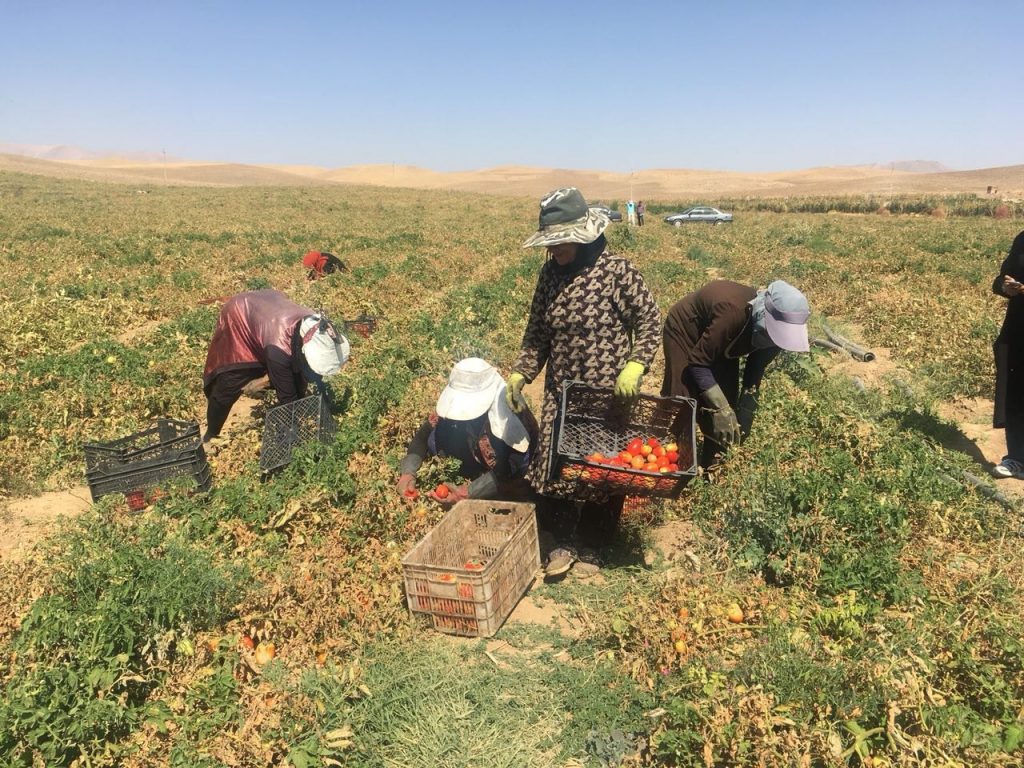
A member of the Energy Commission of the Chamber of Commerce said on Sunday, May 26, that we are easily losing skilled and specialized personnel, and if no serious action is taken, we may face serious problems in the human resources sector of the oil industry. He further stated that the growing trend of labor migration in the oil industry is an irreparable loss.
On the same day, the secretary of the Oil Refinery Employers’ Association mentioned in an interview with a news agency that challenges are emerging in some refineries due to the migration of skilled workers. He said, “Previously, our engineers requested to go abroad, but now technical staff have similar demands.”
Apart from the oil industry, migration is also rampant among doctors and nurses. The newspaper “Emtedad” wrote on Tuesday, May 28, “The migration of doctors and nurses from Iran has reached an unpleasant level. Out of every 74 doctors and nurses, about 50 hope to migrate, with 4,000 of them migrating annually to other countries.”
In most of these reports, the income disparity between Iran and immigrant-receiving countries is cited as the main reason for the migration of specialists and skilled workers. One report mentioned that neighboring countries send job invitations to skilled refinery workers with monthly salaries of 600 to 700 million tomans. Another report stated that Iraqi oil workers earn twice and Turkish workers four times the salaries of Iranian workers in the fuel sector. While the costs of living in Iran and the United Arab Emirates are nearly the same, the income differences are significant, leading to the attraction of nurses, technical specialists, and professionals to neighboring countries and beyond.
Political migrants and refugees leave Iran seeking security and better living conditions for themselves and their families, escaping despotism, oppression, discrimination, and the lack of humane living conditions. Leaving the country through unofficial channels is very difficult. Most of them sell everything they have to cover the cost of fleeing and leaving Iran. Hundreds of thousands of these migrants are in neighboring countries like Turkey, Iraq, Georgia, India, Pakistan, and even Afghanistan, living under very harsh conditions while waiting to go to Western countries. Unfortunately, some of these migrants and refugees will not reach their destination, perishing in the seas, under heavy vehicles where they hide, in refrigerated trucks transporting goods, or in deserts and forests.
However, a part of the Iranian migrant population consists of educated and skilled individuals, commonly referred to as brain drain. Over 9,000 Iranian doctors are currently working in the United States alone, and the number of specialists in other fields is estimated to exceed one million. Nowadays, there are few universities in the world without Iranian professors. Thousands of doctors and specialists, journalists, writers, nurses, scientists in various fields, and outstanding students have been forced to migrate from Iran over the years.
While hospitals in Iran face a shortage of specialized staff, the quality and level of education in educational centers have declined, and the environment urgently needs experts and specialists, the increasing migration of these educated forces imposes a heavy cost on the Iranian people. The regime is not only failing to reduce the migration of educated individuals from Iran but is also effectively facilitating it. Half a million parasitic and reactionary clerics and students, corrupt and thieving rulers, and Islamic thugs consider Iran their personal property.
Iran belongs to the people, and if anyone should leave the country, it should be the two million thieves and criminals whose hands are stained with the blood of the people and who have plundered the nation’s wealth.
The Islamic regime has turned Iran into a real hell for a large part of the population. The increasing migration is due to the political, cultural, economic, and social bankruptcy of the Islamic governance model in Iran. With the overthrow of this reactionary regime, millions of migrants who have been forced to migrate for political, social, and economic reasons, with the vast experiences and resources they have gained, can play a serious and effective role in rebuilding Iran and establishing a free, equal, and prosperous system for the future.

